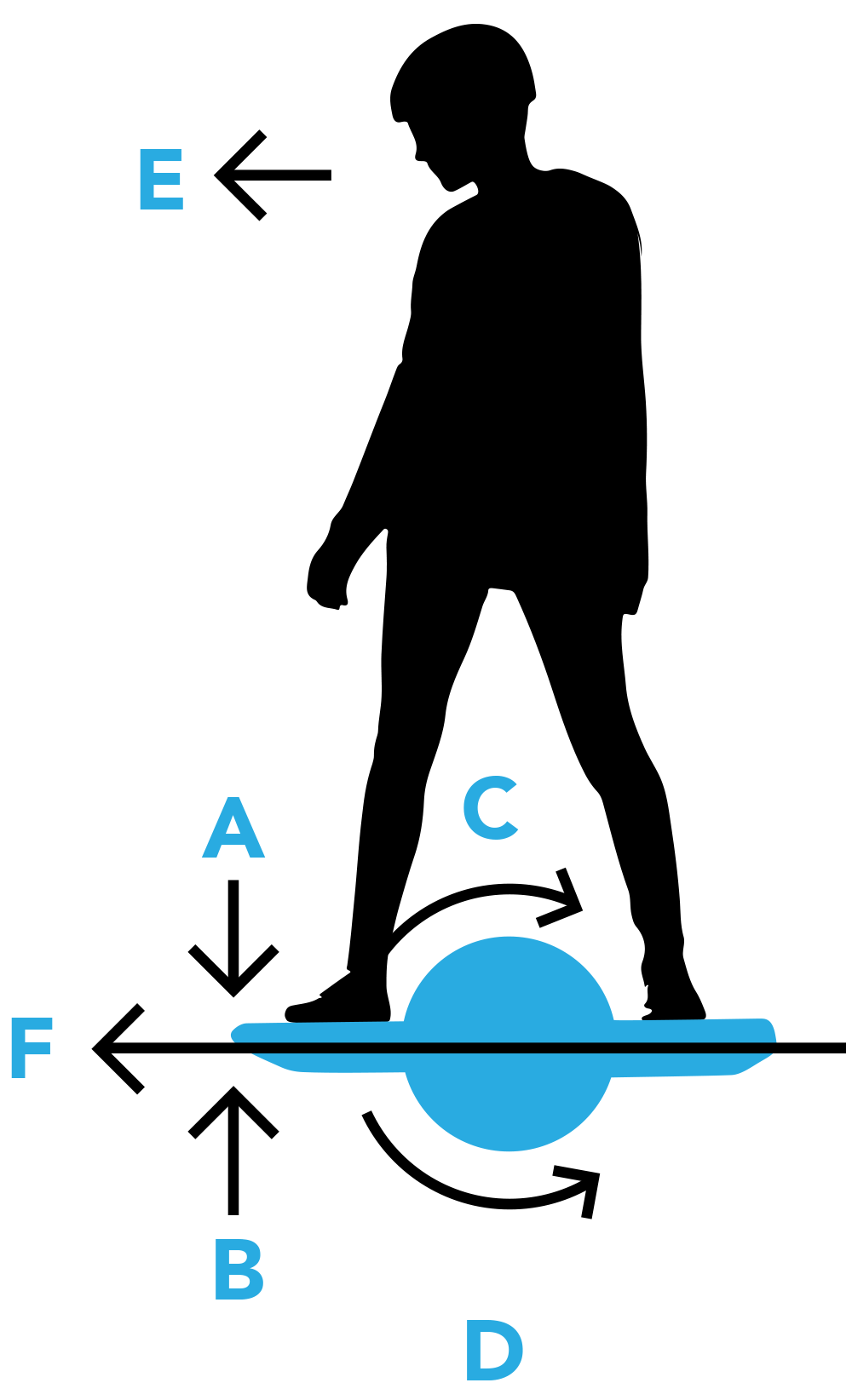Nosedives: The mechanics behind them and how to ride nosedive-free.
Nosedives: Probably the most common topic posted on Reddit and Facebook Onewheel groups. Many people instinctively blame the board and then immediately list it for sale along with the $400 worth of after market accessories they purchased for it. There’s no need for that. It is possible to ride nosedive-free with the proper technique, which is really quite simple.
But first, what causes a nosedive?
A nosedive occurs when the motor no longer has enough power from the batteries to keep the board balanced (upright) and propel you forward. It is almost always from the rider pushing the board past its limit. The Onewheel is designed with a feature called “pushback” which will raise the board’s nose when you hit 15mph. However, you can still nosedive before pushback occurs or while riding uphill. Keep reading to learn how to prevent this.
Please note: if your board is powered off after a nosedive, you might be in the less than <1% who have a damaged or bad controller. Contact Future Motion’s customer support so a technician can look at it.
Why doesn’t the board just have a governor and slow you down?
Because that’s not how physics works. We would like to thank fellow rider Rick Vanover for the following explanation on how the board works when it comes to speed and keeping you balanced.
- Nosedives are caused by too much force A. The board doesn’t want you to nosedive so it exerts force B by increasing D to keep the wheel under you.
- Those who want the board to “slow down” when you’re running short of power (decreasing force F) forget that E and F start equal and when you decrease F, E remains due to momentum.
- The more E there is, the more A will occur. The more A there is, the more D will have to occur to keep you from nosediving.
- That would work great if the motor’s energy was infinite. However, the motor has a finite amount of energy.

It used to be that there was less pushback and more energy devoted to force D. However, FM decided to save some more of the motor’s energy to decrease nosedives and warn people with more pushback at 15mph. Pushback is designed to decrease nosedives by increasing force B and decreasing force F.
5 Rules to Ride Nosedive-free
1) Set your digital shaping to Mission or Delirium
Sequoia and Cruz are not worth using. Pushback occurs much quicker and these settings are not meant to go fast. Custom shaping is also viable option, however we noticed more surging while riding uphill in custom shaping settings.
2) Don’t ride faster than 15mph
Most nosedives occur within the first 50 miles of riding. New riders feel over-confident and push the board faster than it is designed to go. If you don’t want to nosedive, don’t push the limit of the board. At around 15mph you’ll feel pushback and your nose will lift warning you to slow down. Some riders say they didn’t feel pushback and still nosedived and this could be for one of two reasons: 1. They are riding uphill or 2. They are leaning most of their weight on the front pad.
3) Don’t accelerate too quickly uphill or into strong winds
Accelerating too quickly uphill is the easiest way to hit the pavement without warning. You won’t feel pushback because you’re likely not even going 15mph. The same goes for riding into strong winds. Strong winds make the battery and motor work harder meaning you can’t go as fast which means you can also nosedive before feeling pushback. Ride uphill at a gradual speed. If you feel your Onewheel “surge” (slight jolt while riding uphill) it means your board is working too hard and is reaching its power limit. Ease off if you feel surging, otherwise you could nosedive.
4) Ride cautiously when under 35% battery
Low battery means your board won’t get as much power as it would when it’s full. Try not to accelerate too quickly when you’re down to about 1/3 battery especially when riding uphill. When you’re under 10%, be even more cautious.
5) Don’t lean forward / Keep your weight centered over the wheel
It seems counterintuitive but leaning your torso over the front pad is the worst thing you can do to accelerate. You’re making the board work harder. The less you make the board balance for you, the faster you can go without nosediving. Pushing down with your front foot while keeping your centre of gravity over the wheel will still allow you to speed up and will drastically decrease your chance of nosediving. If you’re going to lean forward with your hips to speed up, lean back with your shoulders and torso to keep your weight spread out evenly. We would like to give a special thanks to Ian Johnson of Carvepower for making the following which shows proper riding technique:

